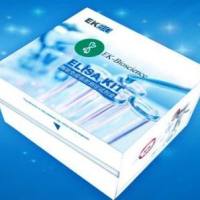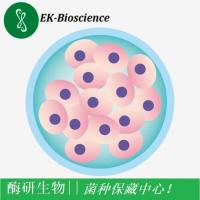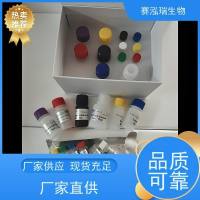Use of Radiolabeled 2-Methylthio-ADP to Study P2Y Receptors on Platelets and Cell Lines
互联网
275
The use of radioactive 2-methylthio-ADP (2MeS-ADP) to study ADP receptors on platelets was first developed by MacFarlane et al. (1 ) in 1983. However, this technique may not have initially been pursued by many groups because of the relative paucity of studies into platelet ADP receptors and the absence of a commercially available radiolabeled ligand. From 1992 to 1994, a few papers described the use of 2MeS-ADP to demonstrate the antagonistic activity of clopidogrel on the platelet ADP receptor (2 –4 ) and the presence of ADP receptors on megakaryocytoblastic cells (5 ). Since these initial reports, several groups have published studies describing the binding characteristics of 2MeS-ADP on platelets (6 ,7 ). Two different teams provided evidence for a defect of ADP receptor numbers in platelets from patients with a low sensitivity to ADP (8 ,9 ). Consequently, a variety of antiplatelet compounds have been evaluated as antagonists on platelet ADP receptors (10 –13 ). A recent study has demonstrated the ability of P2Y12 to bind 2MeS-ADP, supporting its identity as the previously named P2TAC or low-affinity platelet ADP receptor (14 ).









